Introduction
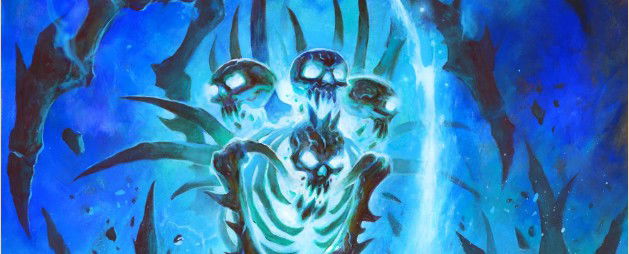
Currently, the Death Knight class has one of the strongest and most fun decks for you all that are trying to climb the ranked queue.
As this deck is quite popular, many players are trying to focus on building their lists to hit your strategy head-on, which is why I come bring you the only guide you'll ever need to play with the Plague archetype.
Plague Death Knight - Aggression and Burn
Ad

The Plague Death Knight archetype is an extremely aggressive Midrange which is a mix of Burn elements and a game style prepared to deal with the strong late games some Control lists in this meta bring.
The Plagues are the main mechanic - they will be the ones that will guarantee your deck has enough resources for when late game comes. If your enemy deals with all the threats you put on board, Plagues will be your way of guaranteeing damage throughout the match, and eventually you'll be able to find a window to close out matches.
The deck is built with many low-cost units, some key Legendary cards, and just two spells - two copies of Down with the Ship. It is built this way to take as much advantage possible out of Magatha, Bane of Music's effect of drawing cards that aren't spells.
Notice that most units create some type of value for you and bring to the board decent health and attack stats at the same time. That is the case for Nerubian Vizier, which is one of the main cards in the deck when it is time to create value.
We also have Necrotic Mortician, which will help you Discover Unholy Rune cards. As your deck brings Unholy Runes in sets of three, you'll easily find resources that go well with your list.
The deck's star is Helya, because, after playing her on board, all Plagues shuffled in your opponent's deck will be shuffled again after drawn. That guarantees your late game will be full of Burn damage, with the Plague's additional effects.
The best Plagues, in order, are:
Main Strategy
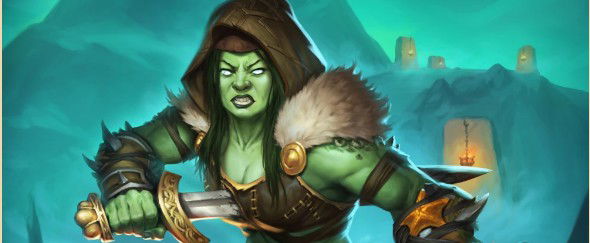
This list's main strategy is to build, from the very first turns, a board full of aggressive units that work together to make you the dictator of the game's rhythm attacking and shuffling Plagues.
Your main win condition is finishing the game by hitting with your board filled with units counting on the direct damage you'll deal with Plagues, all that with the help of your Legendary cards, which we'll mention later on.
You should open the game with your low-cost units, always prioritizing those that shuffle, or help you shuffle Plagues. That is the case for Distressed Kvaldir, which shuffles Plagues when she dies, and Nerubian Vizier, which can Discover spells such as Down with the Ship, which also shuffle Plagues.
Ad
Staff of the Primus is another essential tool for early turns, both to increase the number of Plagues shuffled and for you to control your opponent's early game units. This deck's perfect initial hand should look like the following:

The cards that will help you develop your mid and late game are your Legendary cards which have, each, a different goal.
Legendaries
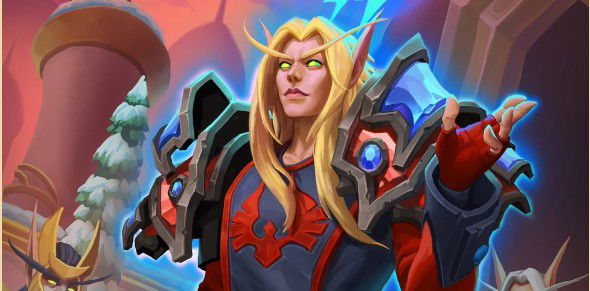

Astalor Bloodsworn - This is the Legendary card that has been showing up in the meta the most for a long time. It is an extremely cohesive card that helps you control the board mid-game. It can also be a finisher in most matches.
Astalor doesn't have a budget version, but, if you don't have him, you can use Rustrot Viper or a Speaker Stomper instead.

Helya - This is the most important card in the deck, because, as she shuffles back all Plagues drawn, you'll never miss out on damage late game. Helya is the card we should try to play on curve always and try to create it from your Necrotic Mortician. Helya doesn't have a budget version and the deck doesn't work without her.

Magatha, Bane of Music - This card will refill your entire hand when you spend all your resources. Magatha is also one of the most important cards in the deck, but, unlike Helya, you don't need to play her on curve. Actually, Magatha should be played slightly carefully as it is a unit that brings a lot of value and less proactivity to the match, particularly if she is played early on.
Avoid playing her on curve to not lose your board on turn 5 as often, and also avoid playing her late game, so you don't speed up how fast you get to your last cards. If you don't have Magatha, you can swap her for a Famished Fool.

Sylvanas, the Accused - This is one of the Legendary cards that goes in this deck to steal your opponent's key-units whenever necessary. As the Death Knight class is great at destroying allied units, you'll easily meet Sylvanas' Infuse prerequisites and have her stealing effect available very consistently.
Remember that stealing Titan units still allows you to use the effects that weren't used by your enemy, so usually your target will be this type of card. If you don't have Sylvanas, you can swap her for a Prison of Yogg-Saron.

Lord Marrowgar - As the match goes on, you'll realize many Corpses will pile up on your reserves, and, for that reason, to take advantage of the fact we're bringing Unholy Runes in sets of three, we also bring Lord Marrowgar as a Control tool.
This unit will help you put an end to any enemy board on extremely late turns, and, if they don't have an answer to your Golems, you'll practically win the match every time, as you'll have gigantic units on board. Lord Marrowgar is free, so it is its own budget version.
Ad

The Primus - Lastly, we have The Primus, which is the central Legendary card for the Death Knight class currently. This card goes in any deck in any archetype with this class, and will also go in this list. The Primus is one of the best sources of value in the entire Death Knight class, and is also the one responsible for your survival in most matchups.
This card's secret is knowing when to use each of its effects - but, usually, you'll favor using the effect of destroying an enemy unit, all while you gain health points at the same time, which is extremely strong.
The other effects are a bit more situational, but they remain strong, The Frost ability is maybe the hardest to get a grasp on, because your deck only has two spells, and for that reason, you'll probably have to create a Runes of Frost spell from your Primus to take advantage of this effect entirely. The Primus doesn't have a budget version, and no card can replace him currently, unfortunately.
Good Matchups
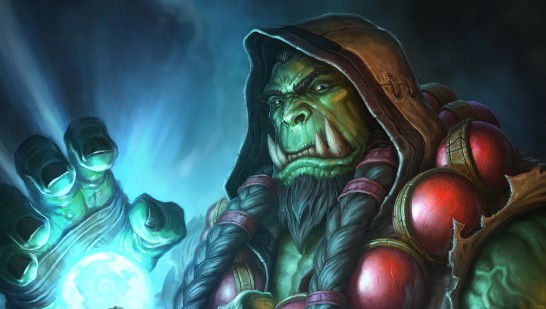
Bad Matchups
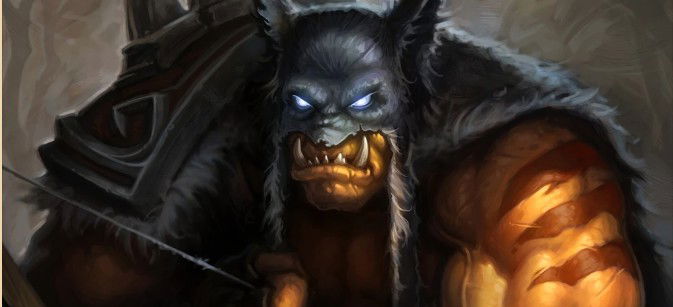
Another reason is that many times Hunter will ignore your units, and go straight for damage by targeting your face with their spells. As your units have If a friendly Undead died after your last turn, once again we'll have dead cards in hand.
Control Priest - Even though your list is good against Control lists, this one, in particular, can easily end your happiness.
Ad
The Priest class doesn't draw that many cards; instead, it creates both units and spells. That enables Priest players to easily manage the game, even when they take damage from your Plagues, as they won't draw as many cards throughout the match.
Curse Warlock - Curses are a different version of Plagues, but they're a bit more direct. This matchup is incredibly hard, as your list is centered around playing on curve. As Curses force you to spend mana you don't want to, you end up losing a lot of time, or a lot of health, and eventually you'll lose the game too.
Not to mention Sargeras, the Destroyer, with its portal summoning Imps with Taunt, ends your deck's hopes on the spot, because a portion of the damage you deal is dealt by units that have between 3 and 4 attack.
Fast, But Very Important Tips
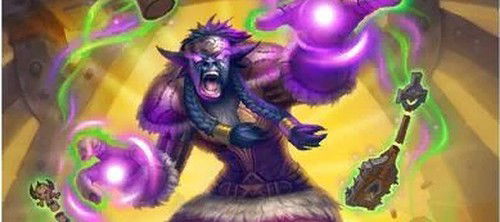
Final Words
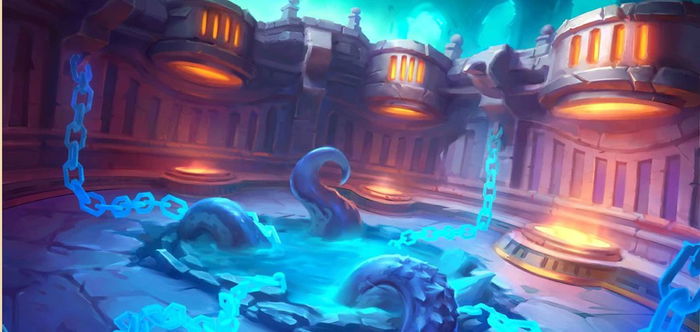
If you read this far, now you know everything about the Plague Death Knight list.
Don't forget to share and comment on this article on social media. See you next time!
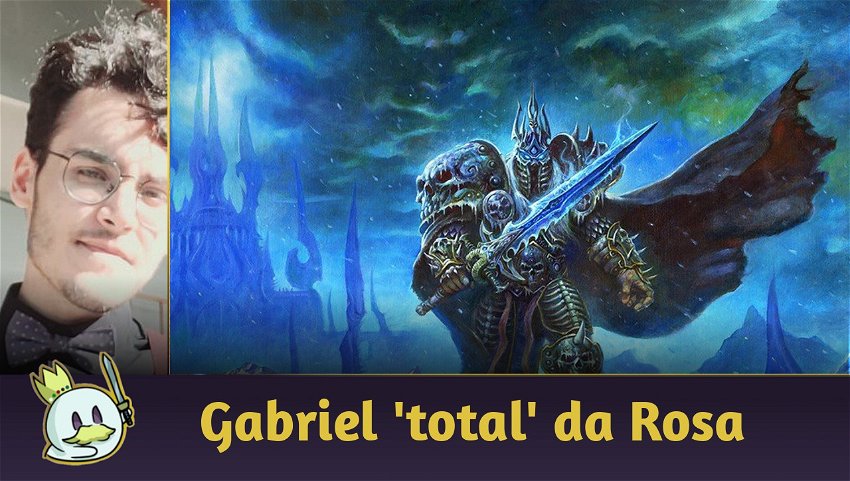









— 评论0
成为第一个发表评论的人